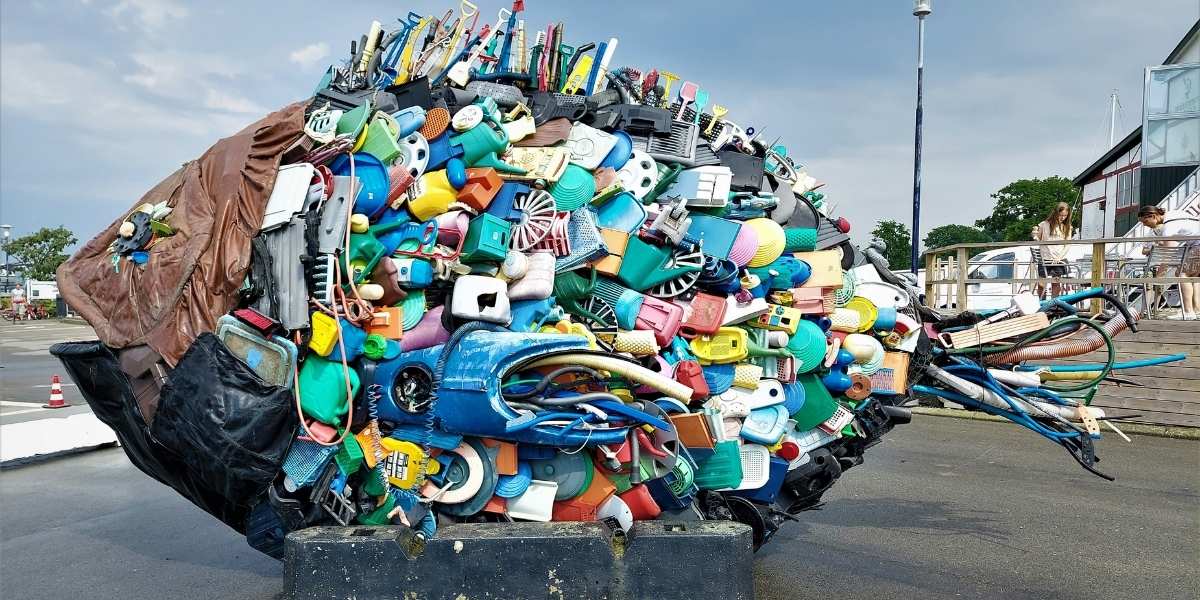Peril at Sea: Understanding Maritime Disasters
The vast, unpredictable expanse of the ocean has always presented formidable challenges to human navigation and ingenuity. Throughout history, countless vessels have met their end, marking the annals with tales of loss and lessons learned. Maritime disasters, ranging from ancient shipwrecks to modern-day collisions and sinkings, underscore the inherent risks of traversing the world’s waters. Each incident, though tragic, has served as a critical turning point, propelling advancements in ship design, navigational tools, and operational procedures, ultimately striving to make sea travel safer for all.
Read Also: Understanding the Bermuda Triangle’s Mystique and Science
Early sea voyages were perilous endeavors, dependent on rudimentary navigation and vulnerable to the raw power of storms and uncharted hazards. As seafaring technology evolved, so too did the scale of potential tragedies. The transition from sail to steam, and later to complex motor vessels, introduced new risks related to machinery, fuel, and the increased size of ships. Every major maritime disaster instigated intense scrutiny by investigators, aiming to unravel the complex chain of events that led to the catastrophe. This meticulous process has been, and remains, vital for preventing future recurrences and enhancing safety across the global shipping industry.
The narrative of these oceanic tragedies is not merely one of devastation, but one of relentless progress born from adversity. From the wreckage and lost lives, critical insights were gleaned, leading to the implementation of new international regulations, the redesign of vessel components, and the refinement of training methodologies for seafarers. The unwavering commitment to learning from every failure has been a defining characteristic of the maritime sector, a collective dedication to ensuring that future voyages are safer for passengers, crew, and cargo alike.
How Did Major Maritime Disasters Reshape Safety at Sea?
Each significant maritime disaster has acted as a powerful catalyst for radical transformations in safety protocols across the globe. The infamous sinking of the RMS Titanic in 1912, though a profound tragedy, led directly to the establishment of the International Convention for the Safety of Life at Sea (SOLAS) in 1914. This landmark agreement mandated lifeboat capacity for all on board, continuous radio watchkeeping, and ice patrol services, fundamentally altering safety standards for passenger ships worldwide. The lessons from this single event resonated through every shipbuilding yard and shipping line.
Later, incidents involving oil tankers, such as the Torrey Canyon disaster in 1967, highlighted the catastrophic environmental consequences of shipwrecks and spurred the development of international conventions on marine pollution prevention, notably MARPOL. These events prompted a global reckoning with the impact of shipping on marine ecosystems, leading to stricter regulations on tanker design, operational procedures, and spill response mechanisms. The focus shifted from merely protecting human life to safeguarding the planet’s oceans from widespread environmental damage.
The human element, too, has been a recurring focus after many maritime disasters. Incidents often revealed critical flaws in crew training, communication, and decision-making under pressure. This prompted a systemic overhaul of seafarer certification, emphasizing advanced emergency procedures, bridge resource management, and international communication standards. The establishment of global training benchmarks and simulator-based exercises has significantly improved crew competence and coordination, reducing the likelihood of human error contributing to future incidents.
What Crucial Technological Advancements Arose from Sea Tragedies?
The crucible of maritime disasters has frequently forged indispensable technological advancements that have made seafaring remarkably safer. Following early collisions and groundings, the development and widespread adoption of radar systems became paramount, allowing vessels to detect other ships and navigate through fog and darkness. This fundamental leap in situational awareness drastically reduced the risk of collisions in congested waterways and adverse weather conditions.
Incidents involving structural failures or design flaws also spurred innovation. The analysis of sinkings often revealed weaknesses in hull integrity or stability calculations, leading to stronger shipbuilding materials, improved compartmentation to prevent rapid flooding, and enhanced stability criteria. The implementation of double hulls for tankers, a direct response to major oil spills, represents a significant engineering response to environmental safety concerns, reducing the likelihood of catastrophic containment breaches.
The push for enhanced safety has also driven breakthroughs in navigation and communication. The global adoption of GPS (Global Positioning System) revolutionized marine navigation, offering unprecedented accuracy in positioning and route planning. Furthermore, the development of the Global Maritime Distress and Safety System (GMDSS) ensured that ships in distress can quickly alert rescue authorities, and that every vessel carries essential communication equipment. These technologies represent a proactive approach to safety, leveraging satellite technology to provide accurate real-time data, a direct lineage from previous maritime disasters.
How Did Investigations Shape Future Maritime Safety?
The thoroughness and independence of maritime accident investigations have been fundamental to transforming maritime disasters into invaluable learning opportunities. Organizations like the International Maritime Organization (IMO), through its conventions and codes, facilitates a global framework for investigation, while national bodies like the Marine Accident Investigation Branch (MAIB) in the UK or the National Transportation Safety Board (NTSB) in the US conduct detailed inquiries. Their singular mission is to determine the cause of an accident and issue recommendations to prevent similar occurrences, focusing on facts rather than blame.
Each investigation involves a painstaking process, gathering evidence from the wreck if possible, analyzing voyage data recorder (VDR) information, interviewing survivors and personnel, and meticulously examining ship components and logs. This forensic approach often uncovers a complex interplay of factors, including mechanical defects, human error, environmental conditions, organizational shortcomings, and regulatory gaps. The reports generated from these investigations are globally recognized as authoritative sources, providing crucial blueprints for safety improvements across the entire shipping industry.
The recommendations stemming from these investigations are then adopted by flag states, port states, classification societies, and vessel operators worldwide. This global collaborative effort ensures that a lesson learned from one maritime disaster in one part of the world contributes to enhanced safety everywhere. From new construction standards to revised crewing requirements and emergency procedures, the impact of these reports is far-reaching and enduring, forming the bedrock of modern international maritime safety regulations and practices.
What Enduring Lessons Remain from Peril at Sea?
The enduring lessons from maritime disasters underscore the continuous commitment required to maintain and improve safety in sea travel. One primary takeaway is the absolute necessity of a safety culture within every shipping company and maritime organization. This means prioritizing safety above all else, encouraging open reporting of incidents (even minor ones), and fostering an environment where every individual feels empowered to raise concerns without fear of reprisal. Such a proactive stance is vital for preventing catastrophes before they occur.
Another critical lesson is the understanding of human factors in complex maritime operations. While technological advancements have mitigated many risks, human error, fatigue, communication breakdowns, and decision-making under pressure remain significant considerations. Continuous training, robust bridge resource management, and fatigue risk management systems are all direct outcomes of acknowledging the intricate role humans play in operating vessels. The focus is always on supporting human performance and minimizing the potential for error, especially during critical maneuvers or emergency situations.
Read Also: Are Cruises the Ultimate Relaxing Way to Explore?
The history of maritime disasters serves as a stark reminder that vigilance and continuous improvement are non-negotiable. The industry’s remarkable safety record today is not a coincidence but the result of relentless learning from past tragedies. Each accident, while devastating, has contributed to a vast body of knowledge that fuels ongoing research, development, and stringent international regulation, ensuring that the world’s oceans become progressively safer for everyone who relies on them.








